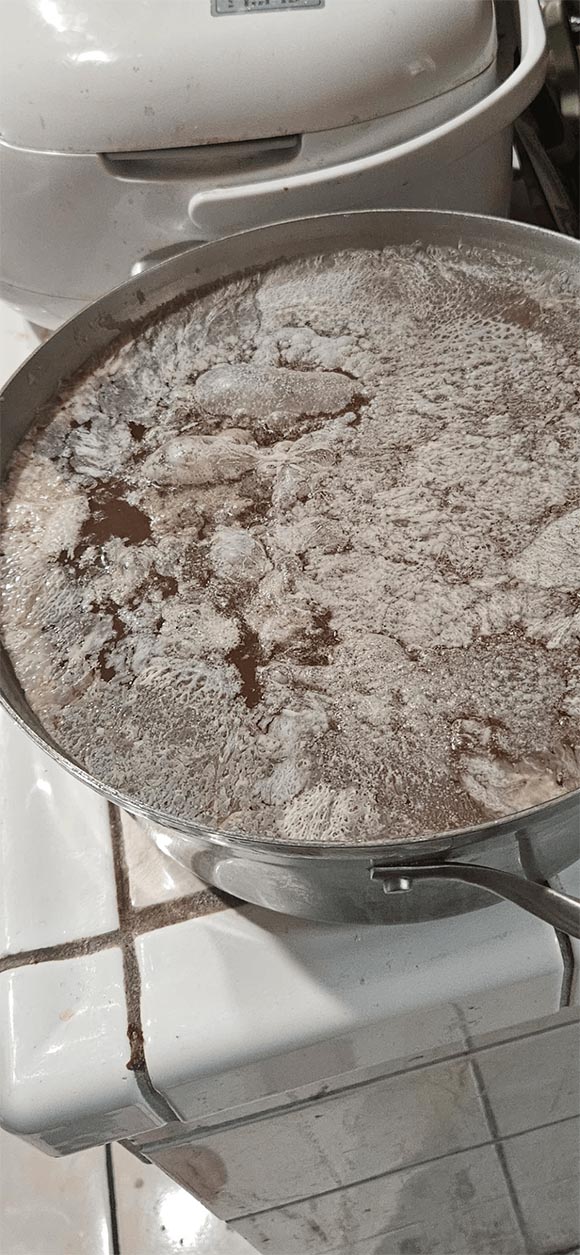It can very well still be good.
By pitching Lactobacillus you created a "sour ale," they're supposed to be sour and somewhat funky smelling/tasting.
However, Lactobacillus does NOT commonly create a pellicle. It may very well be caused by other microbes that entered.
What was the Lactobacillus culture you pitched, and where did you get it?
In your case you pitched a Lactobacillus culture, so that was intentional, and would thus not be considered an infection.
Now "infection" is a relative term.
It's usually used to describe unintentional microorganisms that entered, and show their "character."
IOW, other microorganisms may have entered, intentionally or unintentionally.
Although those could be considered "infections." in wild brewing there's much more leeway, and those "infections" can actually enhance your sour beers by a multitude.






































![Craft A Brew - Safale S-04 Dry Yeast - Fermentis - English Ale Dry Yeast - For English and American Ales and Hard Apple Ciders - Ingredients for Home Brewing - Beer Making Supplies - [1 Pack]](https://m.media-amazon.com/images/I/41fVGNh6JfL._SL500_.jpg)




















